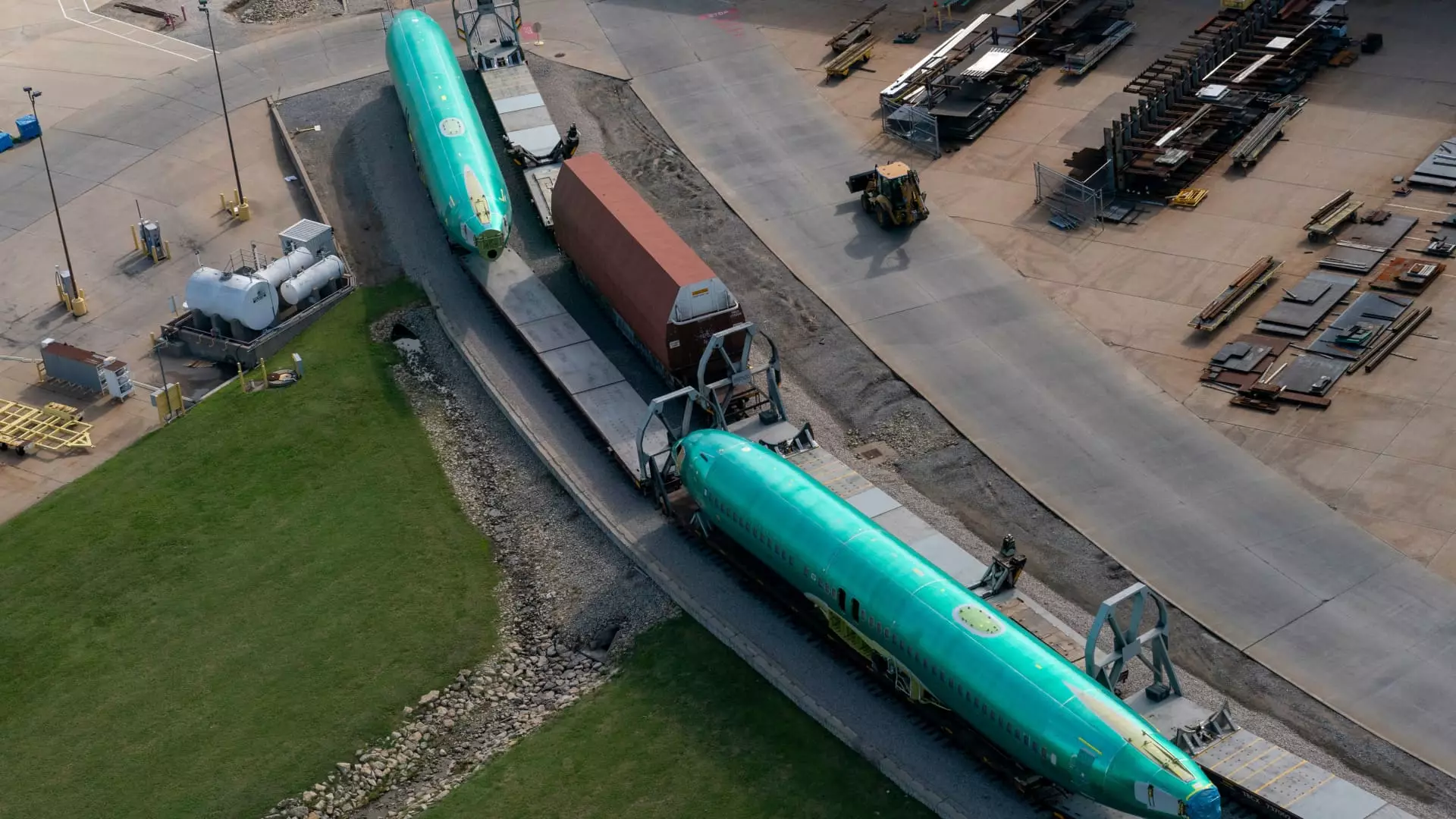The aerospace industry is currently grappling with significant challenges, particularly highlighted by the ongoing strike by Boeing machinists. With the labor dispute now extending beyond six weeks, Spirit AeroSystems is reportedly contemplating further furloughs or layoffs, adding to the precarious situation of its workforce. This standoff, which has already resulted in Boeing machinists rejecting a labor contract proposal by 64%, signals serious implications not just for Boeing but also for its extensive network of suppliers, including Spirit.
The ramifications of the strike are palpable across the industry, demonstrating how a single dispute can strain the entire supply chain, a delicate ecosystem that had only recently begun to stabilize post-COVID-19. Spirit’s decision to consider furloughing an additional 700 employees in Wichita further underscores the ripple effects of this labor unrest. The looming uncertainty suggests an industry on edge, as each day of the strike prolongs the challenges facing manufacturers and their suppliers.
The financial health of Spirit AeroSystems is increasingly under scrutiny, as evidenced by the company’s recent announcement of a staggering $477 million net loss for the third quarter—more than double the losses recorded a year earlier. Such figures paint a grim picture for a company already struggling to regain its footing after unprecedented disruptions. This situation is aggravated by the fact that many suppliers—including Spirit—have been hesitant to downsize, reflecting a broader apprehension about jeopardizing hard-earned workforce gains made after the pandemic’s upheaval.
In terms of production, Spirit plays a pivotal role in the Boeing supply chain, particularly with its production of fuselages for the 737 Max, one of Boeing’s flagship aircraft. The ongoing work stoppage has brought manufacturing to a standstill, which could lead not only to further financial strain but also to potential long-term damage to supplier relationships.
As the crisis deepens, the path forward remains uncertain. Boeing’s new CEO, Kelly Ortberg, has emphasized the urgency of reaching a resolution, citing the machinists’ strike as a top priority for the company. The workers’ union has also expressed a willingness to return to the negotiating table, highlighting that open communication could be a crucial step toward resolving the ongoing conflict. Nevertheless, the dynamics of labor negotiations can be unpredictable, and the stakes are high on both sides.
With the looming possibility of additional furloughs, organizations like Spirit AeroSystems may find themselves at a crossroads. They face the challenge of sustaining their operational capabilities while addressing the immediate economic pressures resulting from the strike. The decision to initiate furloughs could ripple through the workforce, impacting morale and employee retention in an industry that has already seen considerable disruption.
Looking Ahead: The Road for Spirit and Boeing
The ongoing labor strife not only poses immediate challenges for Boeing and Spirit AeroSystems but also exposes the vulnerabilities within the aerospace supply chain. Both companies now stand at a pivotal juncture where strategic decisions must be made sooner rather than later. The future of their relationship, coupled with the broader industry’s recovery, will depend heavily on effective negotiation and the stabilization of labor relations. The aerospace sector, in its entirety, is holding its breath, hoping for a swift resolution to this challenging crisis.


Leave a Reply